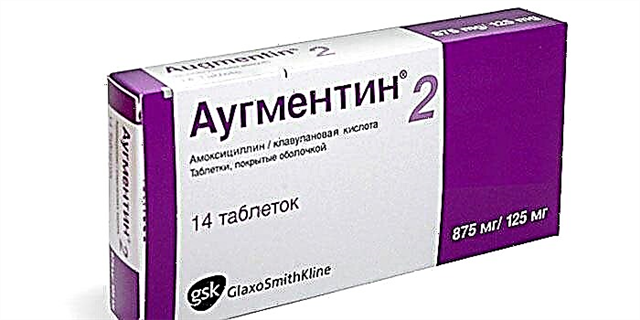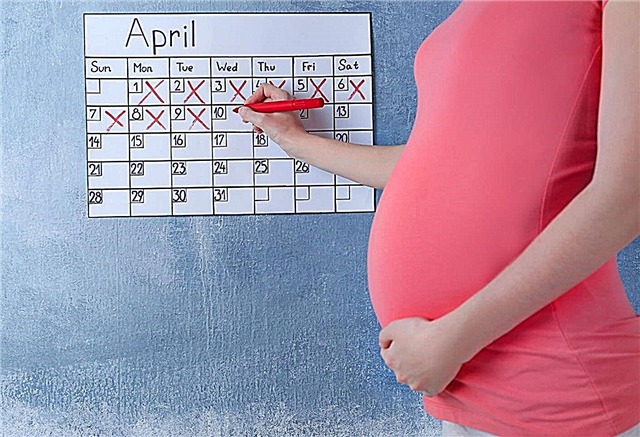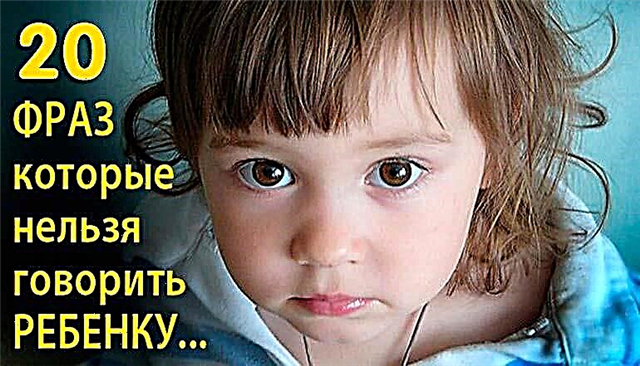
A nine month old baby can no longer be called helpless. The baby moves independently around the room, expresses his attitude to various events, actively communicates with his parents. What has an infant learned by 9 months of age, how can parents determine if it is developing normally, and how to help further development?
Physiological changes
- The baby's body is actively preparing to walk. The muscles of the shoulders and hips are strengthened, as well as the ligamentous apparatus, and neuromuscular coordination develops.
- The child's senses are already well developed. The toddler's auditory perception improves, so now the child can not only hear sounds from the next room, but also compare what he heard with his knowledge. For example, hearing the sounds of pots and plates, the baby will understand that lunch is coming soon.
- The emotional sphere is also actively developing. - the crumb by its appearance shows such emotions as joy, grief, pleasure, resentment and others.
- Many 9-month-old babies begin to erupt their second incisors. First, they appear on the upper jaw, and a little later - on the lower. The baby's jaws are developing at the same time, so the baby constantly needs to be offered something to chew. The appearance of the first teeth often causes significant discomfort: the child is capricious, loses his appetite, does not sleep well. The baby may have a fever, change the nature of the chair.
Cholisal triple action dental gel can be used to relieve the symptoms of teething.®... When applied topically, the active ingredients of the drug are absorbed through the mucous membrane of the oral cavity, helping to relieve pain and inflammation, as well as acting on viruses, fungi and pathogenic bacteria. The adhesive gel base helps to retain the active substances on the mucous membrane, prolonging their action. It should be noted that Cholisal gel® does not contain lidocaine, and can be recommended for patients with lidocaine intolerance. Unlike some other local antiseptic and anti-inflammatory drugs, Cholisal® can be used in both adults and children. It is important to be careful when using in children under one year old and consult a doctor first.

Physical development
During the ninth month of life, the baby gains about 500 grams, its growth lengthens by 1.5 centimeters, and the circumference of the head and chest becomes 0.5-1 centimeters larger.
All parents understand that children develop according to their individual schedule, but to determine whether the rate of development of the baby is normal and whether there are any deviations that should alert, doctors are guided by the average data of physical indicators for children of the same age. Also, for each age there are boundary indicators - their excess should be the reason for examining the child. We have collected the main parameters of the physical development of children 9 months old in this table:
You can use the calculator to calculate the norms for your child. The calculator is based on the standards for height and weight from the World Health Organization (WHO).
You can do a massage, the technique of which is shown in the video by Nikolai Nikonov, a leading doctor and massage therapist in Russia.
What can the kid do?
- The child moves a lot and is happy to consolidate the skills that he has already acquired. The baby crawls quickly in different directions and does it mainly on all fours. Also, the baby easily rises on his legs, grasping something solid, and can even step over his legs, holding on to the support and making side steps.
- When the child is lying, he can sit up on his own, and when he is sitting, he can lie down. Also, the baby already knows how to sit down from a standing position. Some children at this age try to stand on their own and even take the first steps without support.
- A nine-month-old toddler deftly manipulates with his hands. In handling objects and playing, the baby imitates other children and close adults. The baby knows how to get toys out of boxes and hide them back, take out some toys from others, roll cars, can tear or wrinkle a paper sheet, show body parts.
- Many children from 9 months begin to take small objects not with their whole palm, but with only two fingers.
- The baby really likes to listen to music and dance to it, stomp his feet and clap his hands.
- Hearing his name, the child will turn or crawl to his mother. At the request, the little one can look for familiar objects, get up, lie down, throw a toy, take it from an adult's hands and perform other actions that were shown to him earlier.
- The babbling of a child during periods of wakefulness is loud and emotional. The kid often repeats syllables after adults, trying to imitate them.
- The baby can already be cunning and try to manipulate his mother.

Some babies develop faster than their peers, while others develop skills later than children of the same age. At the same time, there are skills that a nine-month-old baby must have. You need to show your baby to a doctor if a child of this age:
- Does not maintain balance while sitting.
- Does not roll over or crawl forward.
- Doesn't try to take off his hat and drink from a cup.
- Doesn't knock one toy against another.
- Doesn't repeat syllables after adults.
- Is not shy of strangers and is not afraid of strangers.
- Do not get angry if a toy is taken away.

Development activities
- To develop the crumbs' fingers, offer the little one to play with beans, buttons, pebbles, nuts. Let the baby touch them and pour them into the container with both handles and a spoon or scoop. It will be no less interesting for him to pour water into different containers.
- Use finger paints and salt dough to play with your 9-month-old. You can also paint on tiles in the bathroom. Make a cake from the dough and squeeze the beans or pebbles into it, asking the crumbs to pull them out.
- Place the toys upside down in front of the crumbs and wait for the child to understand what is wrong with them.
- Play "okay" with the little ones, roll the ball, assemble the pyramid together, make turrets out of cubes, hide the toys under the blanket. Such games are very popular with a child of this age.
- Show your child how he can undress. Let the little one learn to take off his socks and hat, open the zipper on his jacket, and stretch his arms out of the sleeves.
- Play with the baby by simulating the situation as if the phone rang. Pick up the phone and say short phrases "hello", "what are you doing?", "How are you?" and the like. Then hand the child on the phone and offer to "talk" too. Soon, the baby will understand how to talk on the phone.
- Since a baby at 9 months of age likes other babies, create situations in which the baby can watch them and play. Invite friends with children to visit, make friends with other children and mothers on the playground.

For games that are relevant at 9 months, see the video of Anna Nakhlupina.
Care
Daily procedures for a 9-month-old child are washing, washing, bathing, brushing teeth, planting on a pot, cleaning ears, trimming nails, combing and other hygienic procedures. It is recommended to brush the baby's teeth twice a day, using a special rubber brush for this.
The child of nine months continues to be tempered, not forgetting the gradual and systematic procedures. The room should be ventilated before the child goes to bed, and if the baby sleeps with the window open, it should be closed half an hour before waking up. Such types of hardening as sunbathing, rubdowns, air baths and bathing are still relevant.
From the age of 9 months, doused feet can be added to the hardening procedures. Start with a water temperature of + 30 ° and gradually lower it by a degree per day until you reach cold water (+ 20 ° + 24 °). When the baby gets used to cool douches, you can begin to carry out a contrast procedure, using first warm water (+ 36 °), and then cold (+ 20 °).
Daily regime
The child can already stay awake for a long time, studying everything around. At night, a 9-month-old baby often sleeps without waking up. The total sleep time of a child of this age is up to 15 hours. A night's sleep lasts an average of 10 hours, and during the day the child sleeps twice for 1.5-2.5 hours.
Walking with a child at the age of nine months should be twice a day - in the morning (at about 10-11 hours) and in the afternoon (at about 16-17 hours). If the weather is good, both daytime naps should be arranged while walking. In the summer, it is recommended to spend more time outdoors, using the outlet to the fresh air for sleeping, and for studying nature, and for hardening.

When the child is awake, offer the baby activities in accordance with the time of day and the mood of the little one. Gymnastics and fun active games are preferable in the morning, and reading and looking at pictures should be left for a while before bed.
Nutrition for a 9 month old baby includes 5 meals. The break between them is 3.5 to 4 hours. The child should take food at about the same time, while he should not rush and force. Breastfed babies receive their mother's milk during the first feed in the morning, before bedtime and upon waking up, at night, and at night. Bottle-fed babies continue to receive the adapted formula during the first and fifth feeding.
There are already a lot of complementary foods in the baby's menu. At the age of 9 months, breastfed babies are given cottage cheese, fermented milk supplements, yolk and milk porridge. Artificial children are already familiar with these products, therefore, their diet at this age is expanded only through new combinations of already introduced products.
The total amount of food for a nine-month-old child that he eats per day is determined by dividing the body weight of the toddler by 9. On average, children of this age eat from 1000 to 1200 ml of food per day, which is about 200-240 ml of food per feeding.
Read more about the nutrition of the crumbs in the article about the baby's menu at 9 months.

Typical day
Every day with a baby at the age of 9 months is full of interesting moments. It goes without saying that the daily routine will differ for different children, but to understand what it can be, we offer an approximate daily routine with a nine-month-old baby:
Frequent problems
- Fear of strangers. This is a completely normal reaction in a 9 month old baby. In the presence of strangers, children at this age turn away from them, cry and reach out to their mother. Also, the norm for babies 9 months old is a negative reaction when the mother leaves.
- Pain, fever, or other adverse reactions to teething. Quite often, babies' teeth are cut with the appearance of such symptoms. To relieve them, parents use cooling gels, teethers, and antipyretic drugs.
- Refusal to try complementary foods. Many babies prefer their mother's milk to different complementary foods, which is very frustrating and worrisome for parents. You cannot force the baby to try complementary foods by force, but you should not stop offering new food either. Experiment with the flavors and appearance of the food, and make sure your baby is hungry and the room is not too hot.
For the important nuances of a child's development at 9 months, see the next video.
Tips for parents
- Let your 9 month old baby develop independence. Give your baby a spoon when you feed your baby. Let the baby try to wash, take off clothes, choose a toy or book with which he wants to play.
- Monitor your child's posture while sitting. It is good if the baby will sit in a special chair in which his spine will not bend.
- Take care of your child's maximum safety. Hide and remove all dangerous objects that the kid can reach. Let there be no knives and cups of hot tea on the edge of the table, all sockets will be closed with plugs, and boxes and cans with household chemicals are safely hidden under the lock.
- Children at this age like to help their mother, so you can give the little one a rag while cleaning, and a ladle while cooking.
- In each room in which the baby spends time, allocate space for toys or other objects that the child can play with. For children's books, equip a low shelf so that the baby can independently choose a book for himself. The toys should be put in small containers, allowing the child to dig into them in search of the most favorite and interesting items.
Games according to the method of "Little Leonardo", which are shown in the video by O. Teplyakova, an expert on intellectual development, will help to diversify your day.
1. Instructions for the medical use of the medicine Kholisal®
There are contraindications. It is necessary to read the instructions or consult a specialist.



